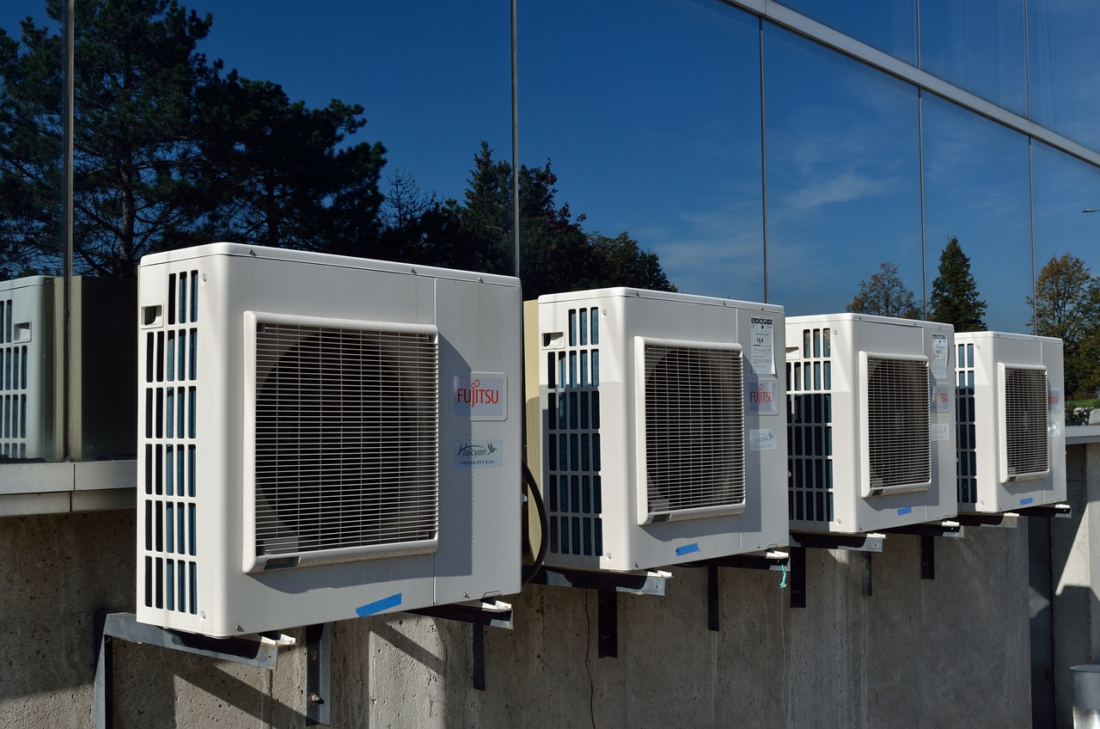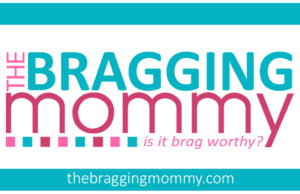
Selecting the ideal heating and cooling system that keeps your home at comfortable temperatures across seasons while fitting lifestyle needs and budget expectations requires careful consideration of climate, sizing, functionality preferences, and more. Properly maintaining chosen HVAC equipment also ensures smooth operation, delivering warm and cool air for years of reliability. This article explores the common home heating and cooling system varieties along with best practices for deciding what works best in your situation and keeping it running effectively when partnering with specialists.
Understanding Heating and Cooling Systems
When it comes to heating and cooling your home, they come in two main architectural categories, each with its own pros and cons:
- Centralized Systems: Also referred to as whole-home or forced-air systems, these have an integrated furnace and AC unit connected to ductwork, evenly distributing conditioned air throughout various zones. They are excellent for larger, multi-level houses.
- Split Systems: Self-contained external condenser/compressor units linked to discrete internal air handler components only cooling or heating isolated room areas upon demand. Ideal for additions.
Types of Heating Systems
Selecting suitable heating systems designated as either primary or supplementary comfort delivery modules depends greatly on location-specific winter severity, home construction variables, and efficiency considerations.
- Furnaces: Gas-fired forced-air furnaces offer hydronic heating too. High-efficiency models boast >90% fuel utilization rates through advanced heat exchangers transferring warmth into distribution ducting connected to home zones.
- Boilers: Primarily paired with radiators, boilers heat water instead of directly warming air. This circulated hydronic warmth gets distributed across terminal units. Popular in cold climates given reliability.
- Heat Pumps: Absorbing external ambient heat, these electric systems concentrate thermal energy indoors. Ductless varieties condition single spaces while dual-mode air source models handle whole homes. Desirable technology.
- Electric Heaters: As standalone or backup devices, electric heating options range from central forced-air furnaces to wall-mounted units and portable space heaters ideal for rapidly reaching cozy temperatures.
Types of Cooling Systems
When summer swelter hits, reliable cooling systems counteract rising mercury, delivering refreshed relief across interior living environments through either decentralized room or whole-home solutions.
- Central Air Conditioners (AC): The classic cooling workhorse, central ACs integrate seamlessly with forced-air furnace ducting to deliver chilled dry air across isolated or open floorplan houses.
- Air Conditioners with Heat Pumps: Providing both heating and cooling from a single outdoor unit, heat pumps offer versatile year-round system consolidation capabilities. Ductless or centrally ducted varieties excel in moderate climates that are not prone to extremes.
- Ductless Mini-Splits: A flexible decentralized approach to zoning occupant comfort levels, mini-split systems have compact wall-mounted indoor heads linked to external compressor units controllable independently using sensing remotes.
- Evaporative Coolers (Swamp Coolers): Utilizing evaporation principles rather than refrigerants, these are an economical choice for adequately cooling comfort in mildly arid regions with 80% humidity during hot and dry seasons.
Choosing the Right Heating and Cooling System
Ideally, your HVAC equipment keeps interior conditions comfortable across seasons while minimizing complexity and maximum energy efficiency. Various criteria influence right-sizing and technology decisions:
- Climate: Using climate data and regional building code guidance, evaluate heating/cooling equipment capabilities against seasonal temperature/moisture extremes documented historically for your locale. Plan for future fluctuations too.
- Home Size and Insulation: Factor in square footage, height, room counts, opening volumes, and insulation values guiding BTU system capacity calculations, ensuring spaces reach setpoint temperatures without excessive runtimes or frequent cycling signaling undersizing/oversizing miscalibration.
- Fuel Availability and Cost: Assess utility infrastructure proximate viability and the ga gas prices connecting to natural gas pipelines or electric grids alongside comparing rates for Fuels like oil or propane if heating system preferences rely on alternative fuel access such as for boiler configurations.
- Budget: Upfront capital costs, operational expenditures like electricity bills, maintenance plans, and lifespan equipment horizons should find balance across available solution sets, factoring in subsidies, tax incentives, and aligned expected yearly expenditures.
- Lifestyle and Preferences: Consider indoor space usage across parameters like cleaning convenience, temperature control precision, dehumidification needs, ventilation wants, smart automation aspirations, and decibel sensitivities based on room functionalities, family sizes, and general living preferences.
Maintaining Your Heating and Cooling System
Proactively caring for installed HVAC equipment improves longevity, system health, and ongoing performance, preventing disruptive mid-season failures. Here are handy maintenance tips:
- Schedule Regular Service: Even newer models need annual professional tune-ups to check refrigerant levels, chemical cleans, filter changes, and component testing/replacement if required. Diagnose issues early.
- Change Air Filters: Dirty clogged filters reduce airflow volumes lowering system efficiency. Swap disposable filters every 30-90 days based on debris levels. Clean reusable varieties similarly.
- Keep the Unit Clean: Clear loose debris and dirt around the external condenser and compressor units, allowing unobstructed ventilation while trimming back encroaching vegetation. Remove lint and dust accumulations inside air handler cabinets.
- Inspect Ducts (Forced-Air Systems): Evaluate accessible ductwork routinely for leaks or damage. Repair worn insulation preventing cooled/heated air losses enroute to vents. Ensure connections are tight.
Finding a Reputable Heating and Cooling Contractor
Ensuring your home comfort system needs to get addressed skillfully requires identifying the best specialists like Watkins Heating & Cooling, availability, and credentials worth trusting to fulfill needs correctly.
- Get recommendations: Word-of-mouth referrals from satisfied family, colleagues, and neighbors carry confidence given firsthand relationships. Online reviews also showcase experiences.
- Check online reviews: In addition to testimonial snippets, reputable home service pros feature profiles on aggregator sites like Google alongside ratings substantiated by past project comments describing competencies.
- Verify licensing and insurance: Reputable contractors carry all mandated trade licenses and liability/workmanship insurance policies protecting you financially from equipment damages or personal injuries occurring onsite.
- Get multiple quotes: To compare solution options fairly, including equipment grades available, always engage multiple site-assessed bids outlining the intended scope of works from qualified dealers. Consider experience weighed against labor, material costs, and timeliness.
- Ask questions: Beyond gauging technical aptitudes around home heating/cooling dynamics when interviewing potential partners, also evaluate communications responsiveness and aftercare support availability once installations wrap up and usage begins.
Conclusion
Heating and cooling your home across seasons begins with selecting the appropriately sized, efficiently designed heating/cooling system model that meets climate challenges and lifestyle needs, ranging from ducted forced-air furnaces to ductless mini-splits. Sustaining optimal HVAC equipment operation then requires conscientious equipment maintenance and partnering with trusted installers for repairs, enabling cozy indoor living environments year-round.


